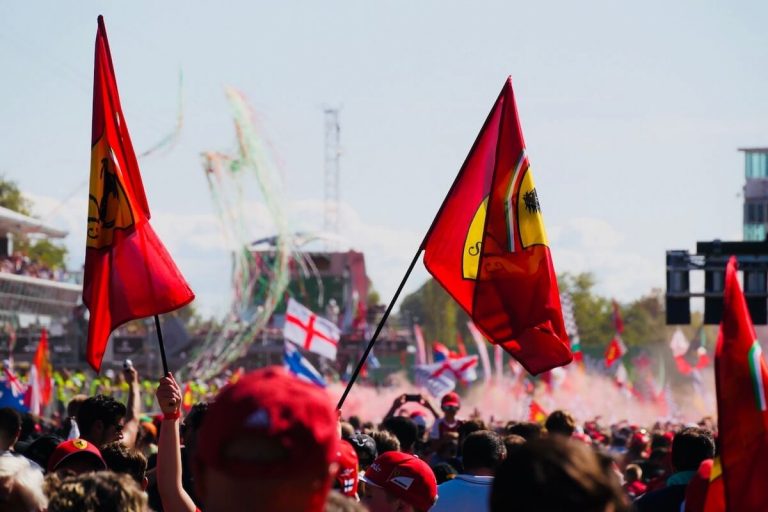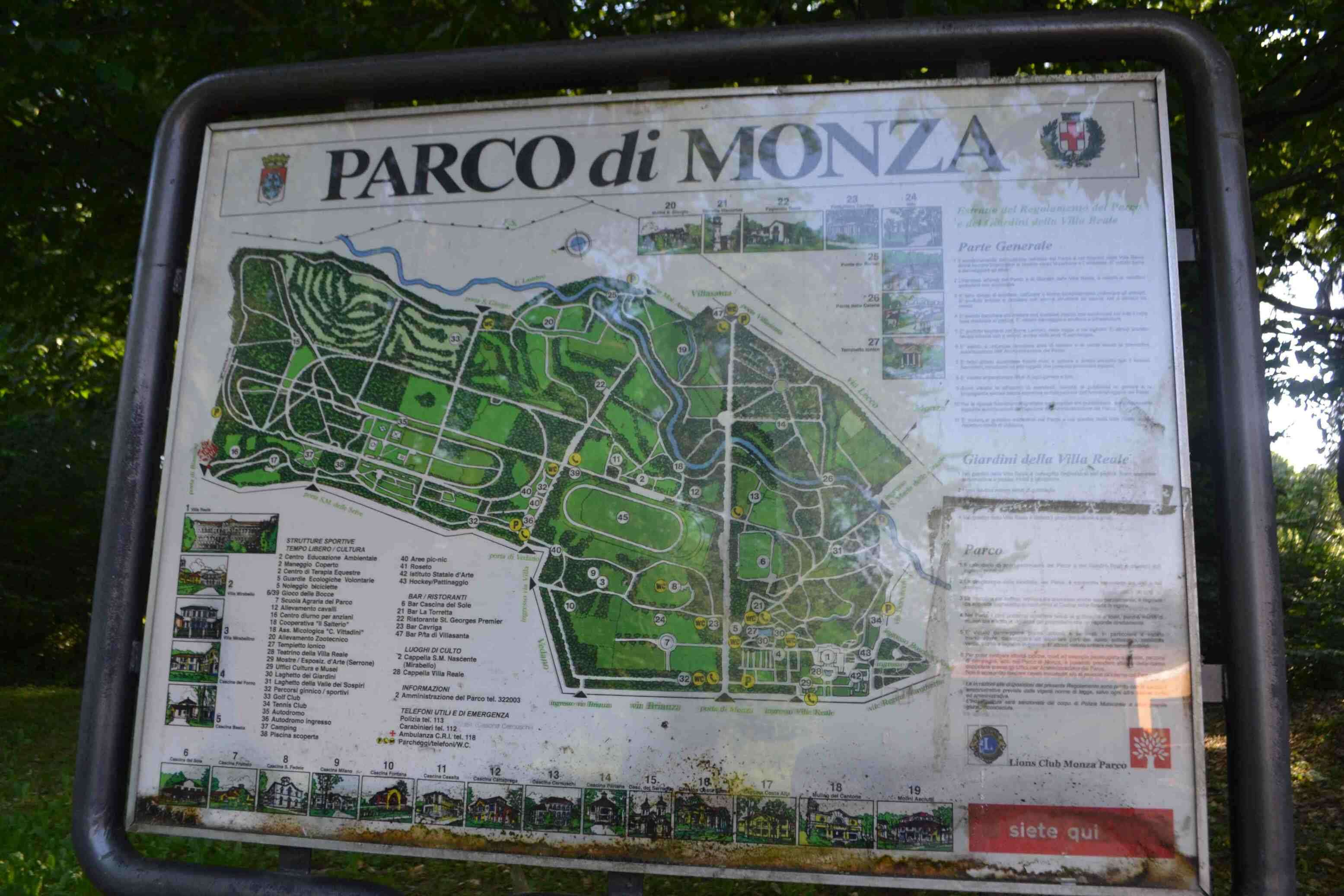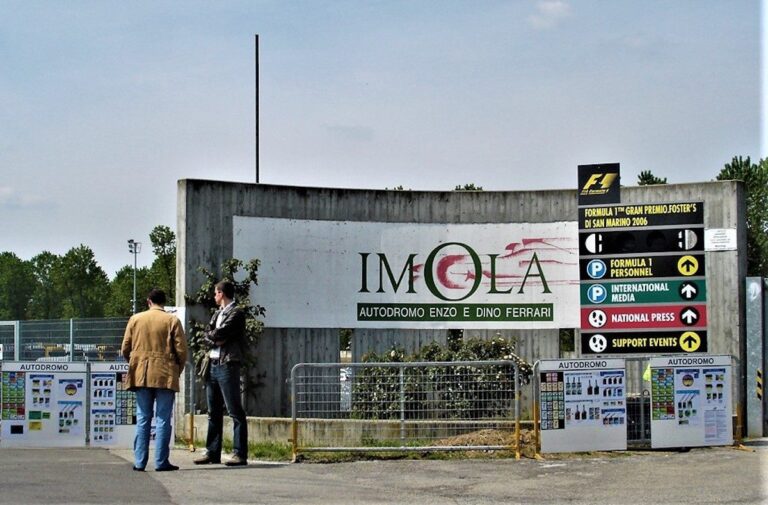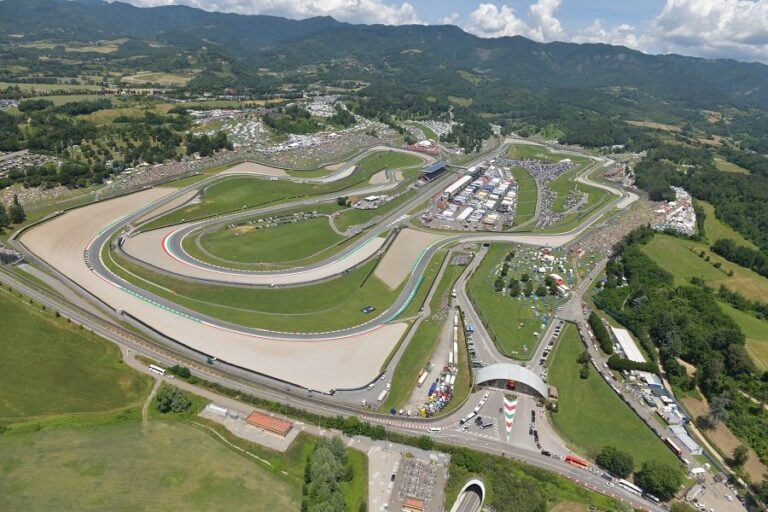
With the future of the Italian Grand Prix at Monza in limbo, Gabor Vajda takes a look at the storied history of the track and the potential alternatives.
All photos © F1Destinations.com. Additional reporting by Andrew Balfour.
The Autodromo Nazionale Monza is one of the best-known racetracks in the world. Along with Spa, Monaco and Silverstone, it has become synonymous with the sport of Formula 1 and established a reputation of the highest order among drivers, teams and fans alike. Built in the Royal Villa of Monza Park just north of Milan in 1922, the circuit is one of F1’s longest-serving venues. Since the inception of the Italian Grand Prix race in 1921, Monza has played host to the event on all but five occasions.
The fastest of them all
Generally described as a “power circuit”, Monza boasts the highest average speeds in Formula 1 with its long straights and sweeping, slightly cambered corners. It is the closest F1 gets to an oval track. In fact, one version of the track did include a steeply banked oval section that was mainly used in Grands Prix, sportscar events and even IndyCar races in the late 1950s and 1960s. Apart from the banked oval sections and a different layout used mainly for sportscars, the character of the Grand Prix circuit has changed little over the years. With the development in F1 technology and constantly increasing speeds, it became inevitable to implement a few chicanes, but the track is virtually the same as it was built almost a hundred years ago.
An uncertain future
For visitors, it is one of the most accessible and picturesque circuits on the F1 calendar, close to the major city of Milan and several airports, yet within the middle of Europe’s largest city park. The race usually attracts some of the highest three-day attendance figures on the calendar and the atmosphere generated by the local fans is unrivalled.
Despite this, Monza’s future on the F1 calendar has been in doubt for the past few years, mainly due to a lack of funds. The circuit is owned by the local government, who have faced increasing demands for hosting fees from F1’s commercial rights holder, as well as the need for significant investment in the circuit and its ageing facilities. Monza has undergone a partial renovation in recent years with tarmac replacing the gravel trap at the iconic Parabolica corner. More significant upgrades to the circuit are limited not only by a lack of funds, but also the need to respect local law, which protects the ancient trees in the park from being cut down. The same local laws also restrict the number of “noisy days” at the track.
This year’s race is the last on the current F1 contract. Recent comments from Angelo Sticchi Damiani, the head of the Italian motorsport federation ACI, indicate that negotiations with Bernie Ecclestone for a new contract from 2017 onwards are continuing, though significant challenges remain. Ecclestone reportedly turned down a recent offer of €19m per annum from the ACI for the race to stay at Monza, and credible alternatives exist in the form of the Imola and Mugello circuits.
Imola or Mugello?
If the Italian Grand Prix is to remain on the calendar, Imola and Mugello are the only tracks in the country that meet the FIA’s highest specification for holding F1 racing. Imola does not need an introduction for long-time F1 fans. It used to host the San Marino Grand Prix until 2006 and is still a ‘fan favorite’, despite undergoing heavy redesign following the tragic weekend in 1994 that took the lives of Roland Ratzenberger and Ayrton Senna. The other – more likely – alternative is the Mugello circuit in the Tuscany region, which is owned by Ferrari and praised for its fast, flowing corners. The only downside is the circuit’s relative remoteness in the middle of Northern Italy.
Theoretically speaking, either circuit could step in at any time if negotiations wit the owners of Monza failed. One way of keeping Monza on the circuit would be for it to share the hosting of the Italian Grand Prix with Imola or Mugello (similar to the agreement between the Nurburgring and Hockenheimring in Germany, before the former circuit went bankrupt). Whatever the outcome, it would be a sad day for millions of F1 fans around the world – not only the Ferrari ‘tifosi’ – to see Monza disappear from the Formula 1 calendar.









